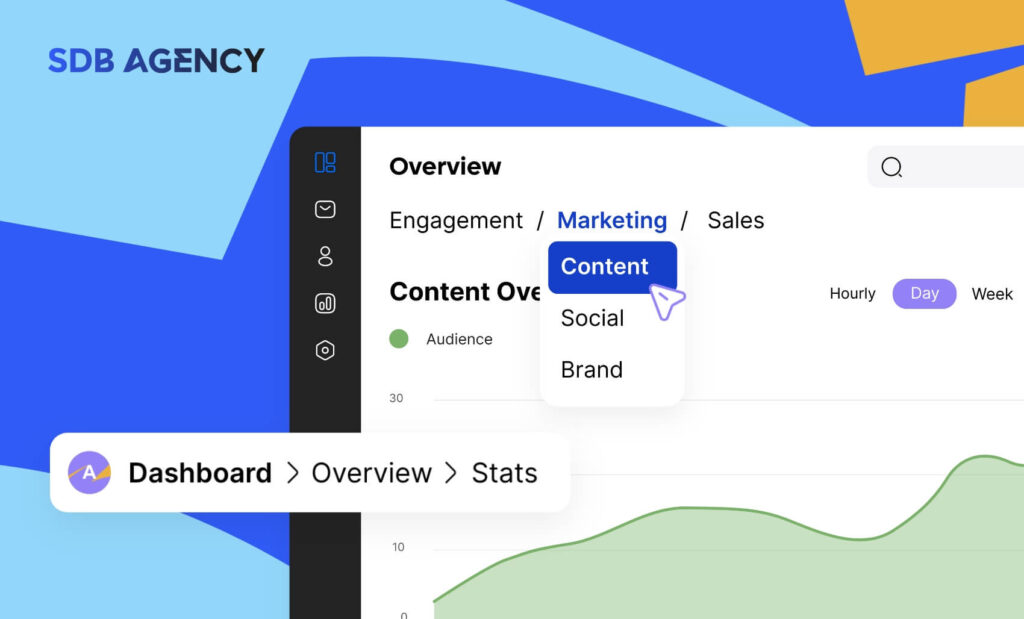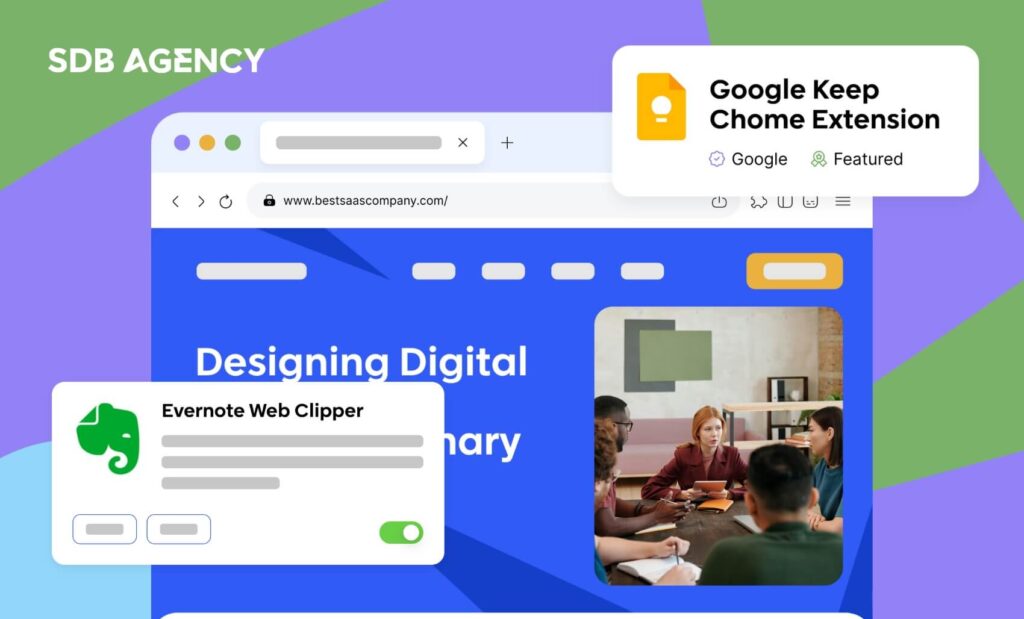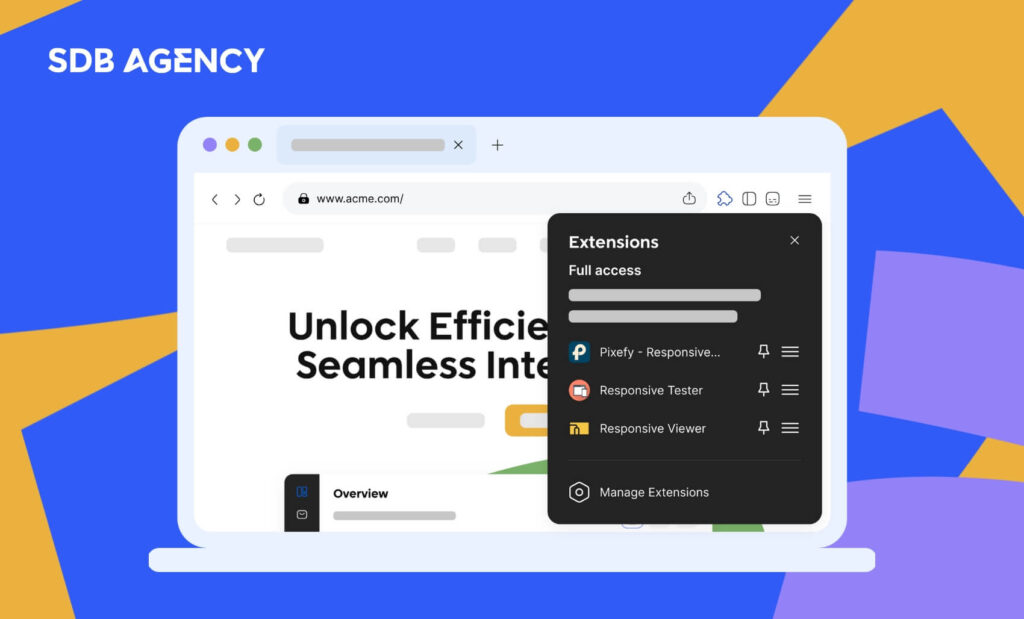How Modern Culture Influences User Experience

The internet has connected everyone, making the world a smaller place. Your digital SaaS product or service can reach new customers from outside your demographic quicker than physical ones. However, is selling the same design of your products and services throughout every country the right way?
Understanding cultural differences in UX design
Due to technological advancements, globalization, and universal products, technology now works as a passage for user experience. Worldwide consumers now want more from products and services than merely function and aesthetics – they’re looking for experiences.
Users now come from different cultures, backgrounds, perceptions, and values. As the global market has become increasingly diverse and interconnected, designers must consider how culture influences the user experience and account for all the cultural differences to create more effective and engaging products for a broader range of users.
Nowadays, designers must consider users’ values and social-cultural backgrounds as well. Cultural differences can affect how users interact, perceive, and evaluate technology, which influences how products and services should be designed. As technology expands worldwide, incorporating these cultural differences when designing for a diverse user group is essential. Cross-cultural designs ensure that your products are accessible and will lead to the desired user experience across multiple cultures.
The impact of culture
Culture is the shared knowledge that differentiates a group of people from others. People from various cultures have different values, perceptions, behaviors, and thinking styles. Technology, globalization, and the increasing use of the Internet today have made it possible for businesses to reach a worldwide audience. However, many companies must understand the cultural consequences of adopting their product and service design.
Every group of people experiences user interaction differently. Every user has their own mental model, representing people’s ideas of themselves, their environment, and everything they interact with. Failing to understand these mental models of the local population can have serious consequences when designing products and services for a specific group.
Every culture interprets design in its own way. When designing for a global audience, it’s important to remember some common elements influenced by culture. This includes visual design, information processing, navigation, and communication.
Communication and navigation
Our culture impacts how we interpret, receive, and process information and retrieve knowledge. These elements affect a user’s website when considered collectively, including where they must focus, where to start, and their opinions on the product.
Understanding our target audience’s norms and values can help us create interfaces that are easy to navigate, even for those unfamiliar with technology. For example, some cultures may be more used to gestures and other non-verbal ways of interacting with technology, while others predominantly use text-based commands.
The different types of cultural dimensions
Hofstede’s cultural dimensions model is the most cited for the topic of cultural impact on usability. The model has an empirical base where his findings show that different cultures can be represented on bipolar scales.
Hostfede’s findings may be used as a tool to help design the most culturally optimized user experience. He identified the following cultural dimensions using factor analysis:
Power distance
This is how a society handles inequalities among individuals. A high power distance means people in society have accepted a specific hierarchical order and its inequalities. In contrast, a low power distance means that people are always willing to equalize the power distribution, especially for those with less power.
Translating this into a UX strategy means that:
Small power distance cultures – They don’t like being controlled and only accept leaders with true expertise. One way to approach this is to offer enough detailed information and objectives on your website to let people make up their own minds.
Big power distance group – They will believe you as the expert and authority figure. Ensure to offer facts and clear statements that don’t give out too much responsibility.
Individualism vs collectivism
The second dimension describes how people in specific regions focus on themselves or on the group as a whole. This dimension reflects whether people refer to themselves as “I” or “us.”
Individualist cultures – People take initiative, act on what they want individually, and make their own decisions. They take care of their well-being and decide based on their own choices.
Incorporating this into your UX strategy means that users from this group will visit your site because of their own interest and their own goals. You must focus on these specific individual requirements to convert them into customers.
Collectivist cultures – They act in the interest of a group instead of their own interests. Their decisions are based on others’ opinions and what’s currently popular instead of their own desires.
When translated into your UX strategy, this means that you must offer enough reference points such as “most popular” categories, testimonials, and social media sharing options so they can gather instant feedback from their friends.
Long vs short-term orientation
This concerns how much a society is concerned with its virtue.
Societies with a short-term orientation have a normative way of thinking. They value traditions, want to always live in the here and now, and aren’t too worried about the future. On the other hand, a long-term orientation results in a society that believes that traditions can be adapted to changing traditions. Therefore, they plan their lives for the future and set long-term goals.
When designing for a short-term orientation culture, ensure that shortcuts and options are provided that encourage immediate action. Also, grab their attention with something they are familiar with. In contrast, for a long-term orientation society, you’ll want to provide detailed information and advantages to convince them of your product value. You can offer installment sales or long-term discounts and provide ways for them to save their browsing history, such as wish lists.
Conclusion
It can be tough to design for international markets, especially if you’re unfamiliar with a specific cultural background. Plenty of cultural dimensions influence perceptions, which in turn affect how your users make their decisions.
However, keep in mind the extent of each cultural dimension that may influence your users’ perception of your user experience may not always be consistent. This makes it even more challenging to design localized UX and build a stronger cross-cultural awareness in design. With further research and usability testing, you can create better experiences that cross cultural borders.




